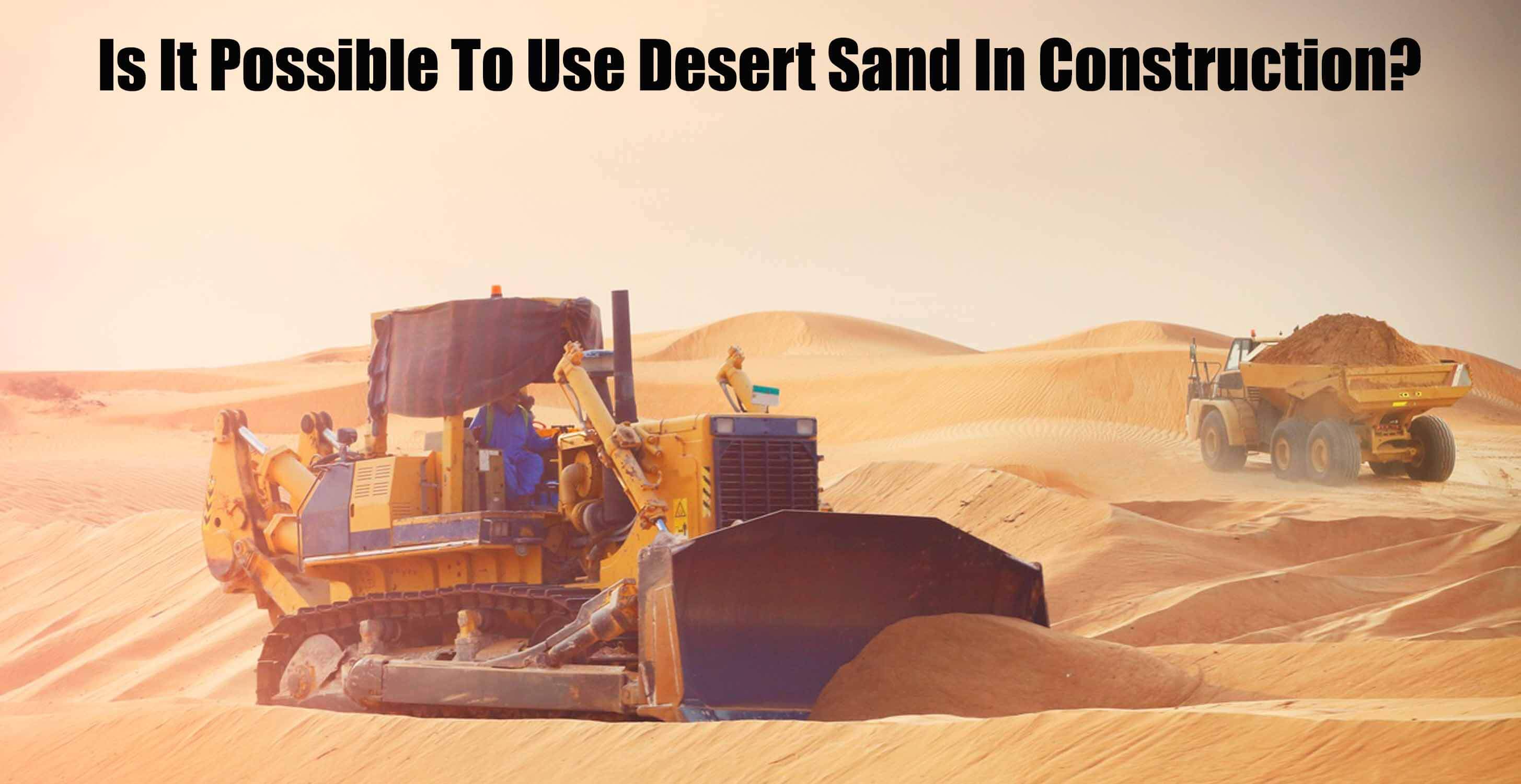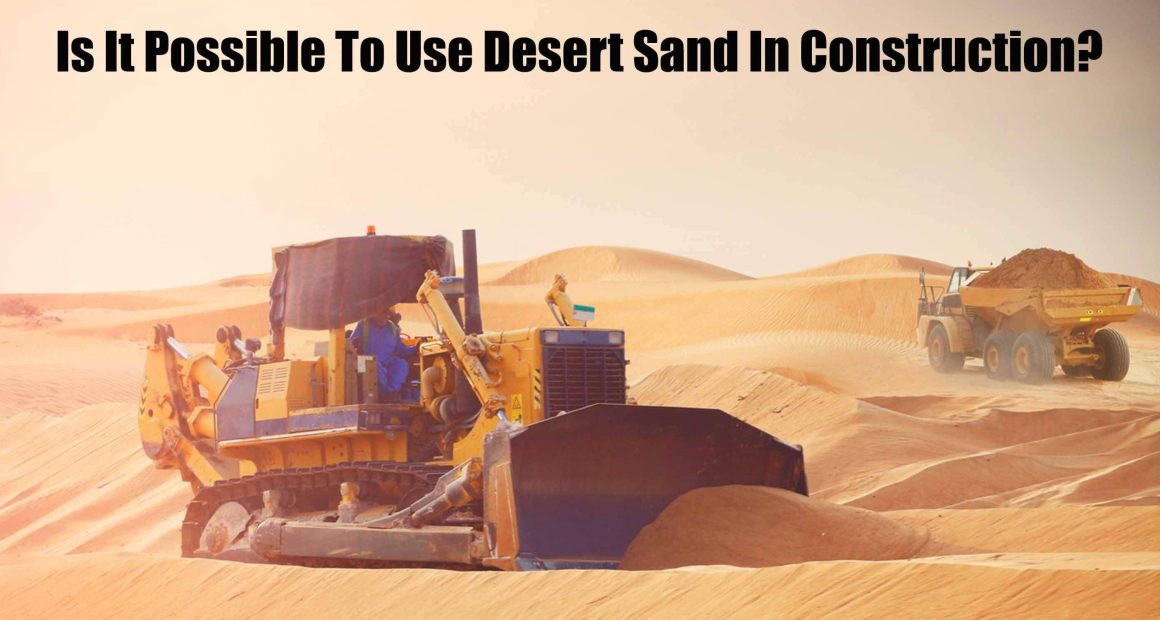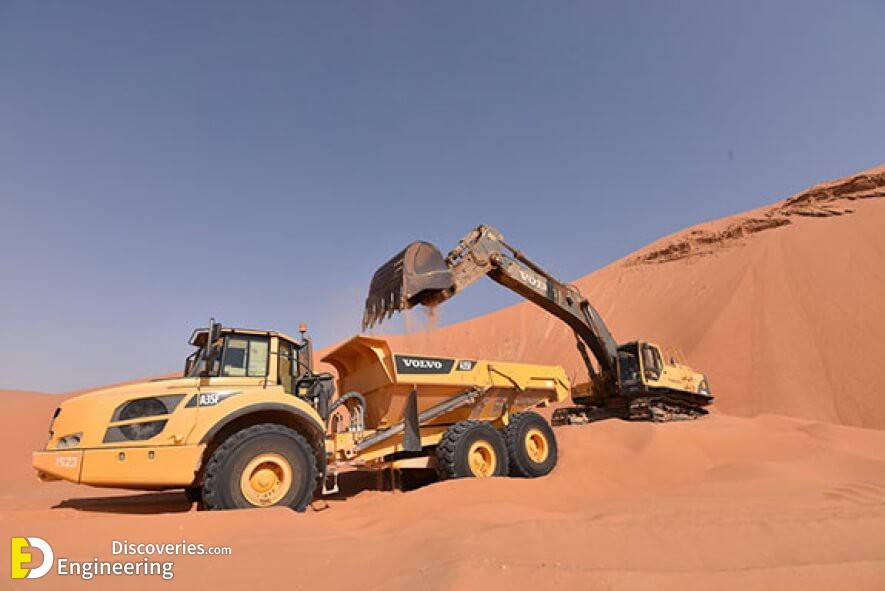
Desert sand usually contains high amounts of salt, which is very bad for concrete as it will rust the steel reinforcement, and also severely affect the strength of the concrete.
We can use desert sand in the following cases:
Some researchers have been focusing on this sand in China recently.
1. Where there are no other options and in areas where there is a lot of it, desert sand may be used, but it will lead to concrete with poor strength. For some applications, this may not be a problem.
2. Yes, you can use it in concrete, provided it satisfies the requirements (standards and specifications). You should test for grading, fineness, absorption, and deleterious substances.
3. Some high-quality desert sands can be used in construction. However, extra fineness may be a problem in the workability but advantageous instability and cohesion
4. You can use it if you mix it with other sizes to bring the mixture within acceptable limits. You also need to wash it to remove dust and check its chloride and sulfate contents if the desert is close to the sea.
As far as I know, literature has not said much about it. My suggestion is “Don’t use the desert sand in construction Until it’s researched find a way to use it in construction.”






